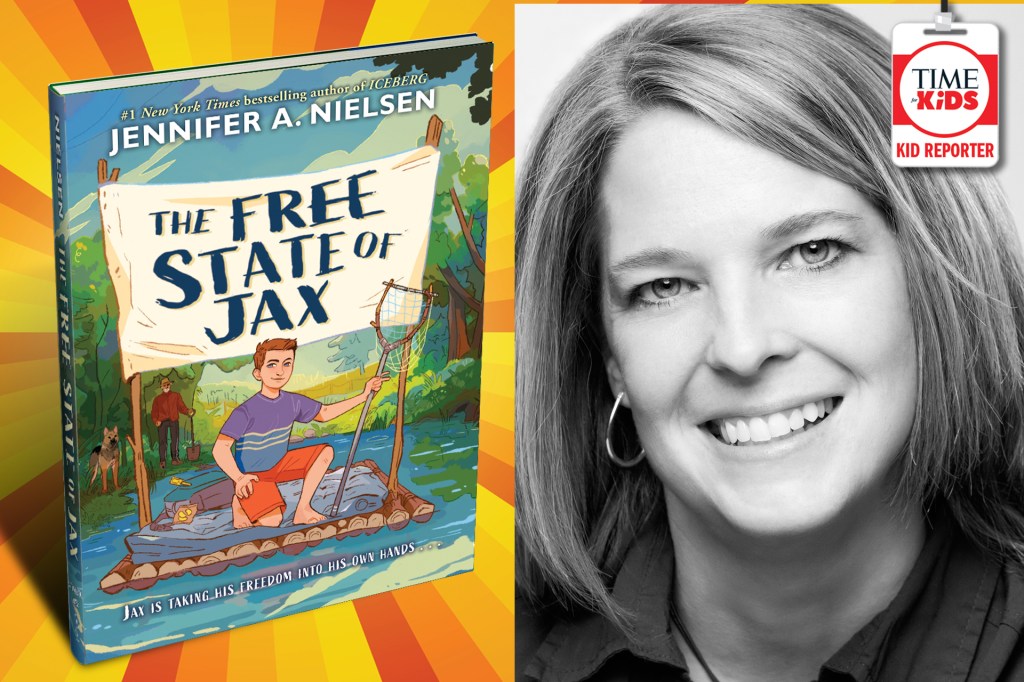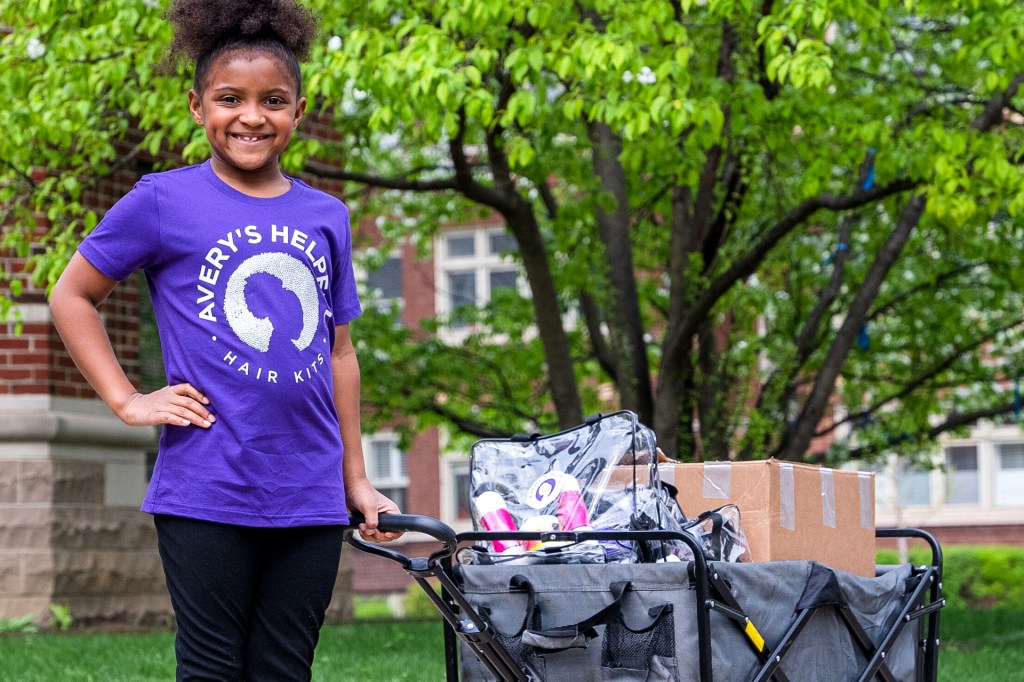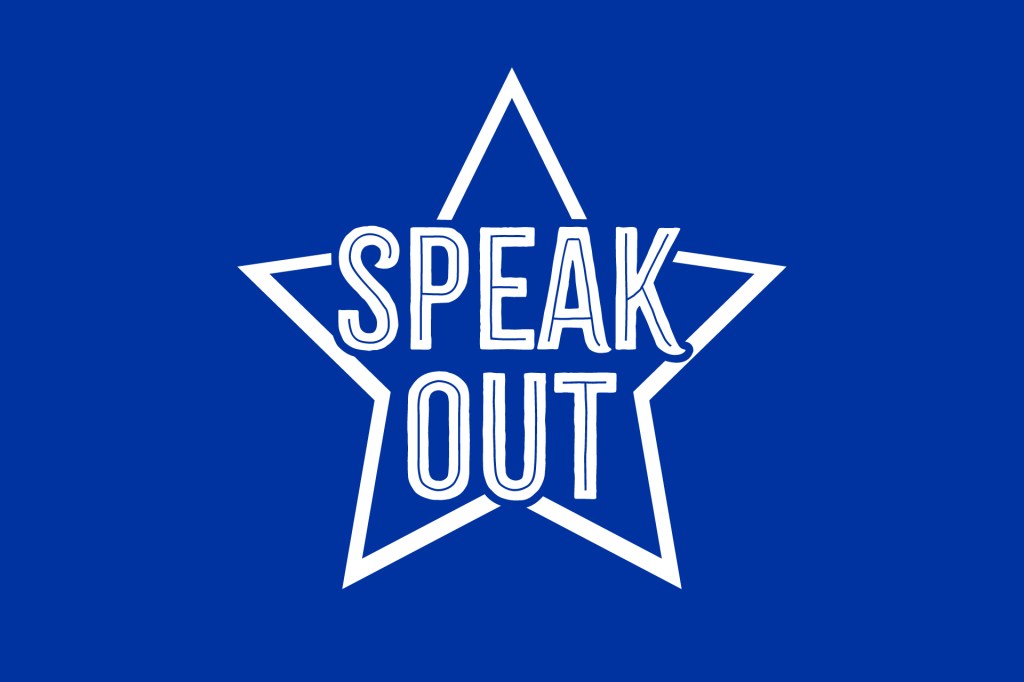No More Trash

It’s a drizzly December morning in Helsinki, Finland. At a center where students are running an imaginary town, one is in charge of the electric company. Another is interviewing the mayor. Minh Anh Ho, 11, is hunched over a microscope. She’s a researcher for a company that repurposes plastic. She’s analyzing cling wrap. “It’s a really important job,” she says. “Plastic takes a really long time to disappear, so it would be good to come up with something else to do with it and not just throw it away.”
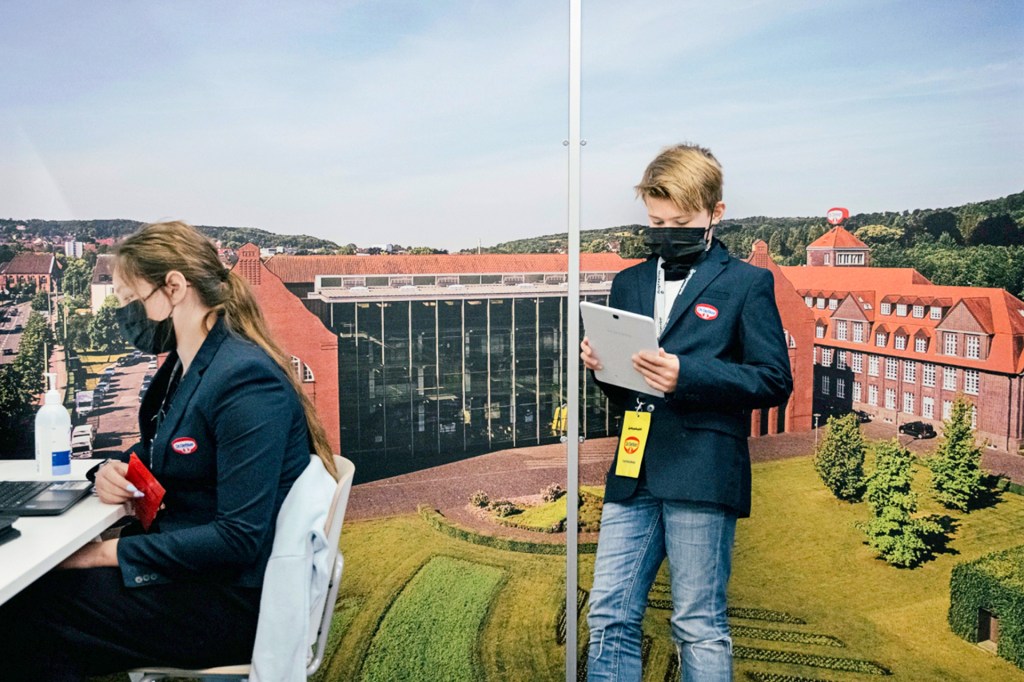
HARD AT WORK Students in Helsinki, Finland, run an imaginary town to learn about the circular economy.
INGMAR BJÖRN NOLTING FOR TIMEThe program teaches kids about work and business. But as Minh Anh’s “job” makes clear, it also teaches them about the circular economy.

ON TASK Sixth graders at a learning center in Finland use tablets to access their schedules and job tasks.
INGMAR BJÖRN NOLTING FOR TIMEThe Circular Economy
Most societies have linear
linear
 MICHAEL H—GETTY IMAGES
going from one thing to the next, in logical order
(adjective)
going from one thing to the next, in logical order
economies. They operate on a “take, make, waste” model. This is when natural resources are taken from the Earth and made into products. Anything leftover is usually thrown away.
MICHAEL H—GETTY IMAGES
going from one thing to the next, in logical order
(adjective)
going from one thing to the next, in logical order
economies. They operate on a “take, make, waste” model. This is when natural resources are taken from the Earth and made into products. Anything leftover is usually thrown away.
In 2016, Finland became the first country to adopt a “road map” to a circular economy. This model focuses on the transformation of existing products. Businesses rely on recycled or repurposed materials. That cuts the amount of waste going into landfills.
“People think it’s just about recycling,” Nani Pajunen says. She’s a sustainability expert. “But really, it’s about rethinking everything—products, material development, how we consume.”
Education has always been an important part of Finland’s plan. Pajunen says the key to changing a society is getting people to understand the need for a circular economy and how they can be part of it.
Important Lessons

LITTLE LEARNERS Liisa Woitsch teaches kindergartners about sustainability. They think of new uses for a broken chair.
INGMAR BJÖRN NOLTING FOR TIMELiisa Woitsch is sitting on the floor with kindergarten students and a broken chair. “Do we just throw it away now?” she asks. “Or can you think of anything else that can be done with it?” One boy says it can be used as a drum.
Anssi Almgren helped design the curriculum. “Children have so many great ideas,” he says. “We wanted to enable them to think about solutions.”
But it takes time to change a society by educating its youth. Tina Harms had never heard the term “circular economy.” Her daughter Karin, 19, says she has heard it “practically all my life.” Karin persuaded her family to work harder at recycling. At first, Tina thought it was inconvenient.
She feels differently now. “I think that if you have a teenager with very strong feelings about something,” Tina says, “it’s very demotivating if we older ones don’t show that we’re ready to make the extra effort to change.”
Good as New
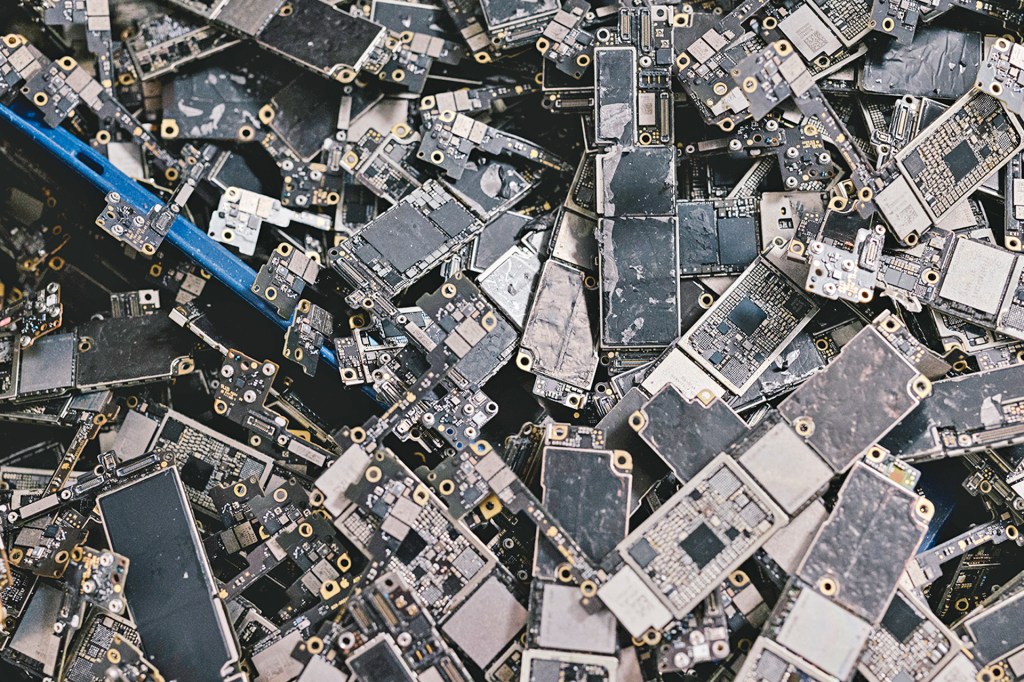
Swappie is a company in Finland that refurbishes
refurbish
 NUCHAO—GETTY IMAGES
to repair or restore something
(verb)
We refurbished our old coach with new fabric.
iPhones. It handles every step of the process. It receives the used phones, repairs them, and sends them out in working condition.
NUCHAO—GETTY IMAGES
to repair or restore something
(verb)
We refurbished our old coach with new fabric.
iPhones. It handles every step of the process. It receives the used phones, repairs them, and sends them out in working condition.
The company has asked customers why they buy Swappies. Many say it’s because of the guaranteed quality and lower price.
But some customers have another reason. It’s the company’s sense of purpose. They say this has made owning a Swappie cooler than getting a new phone.







